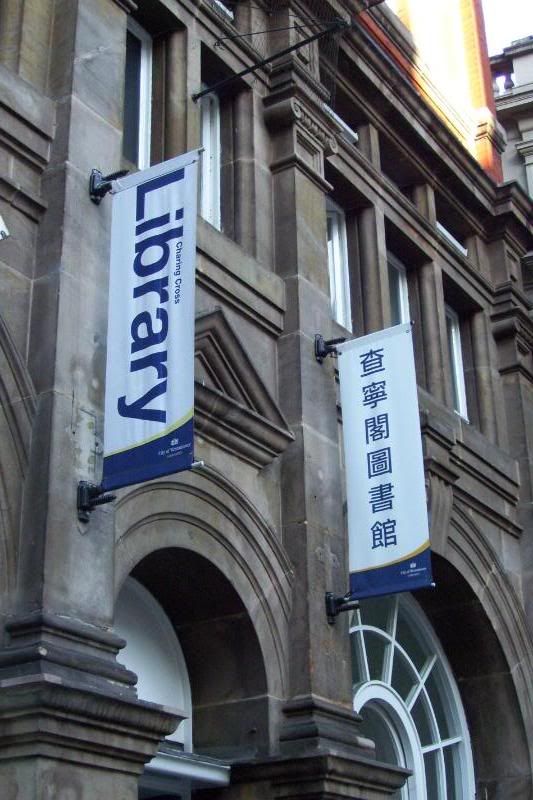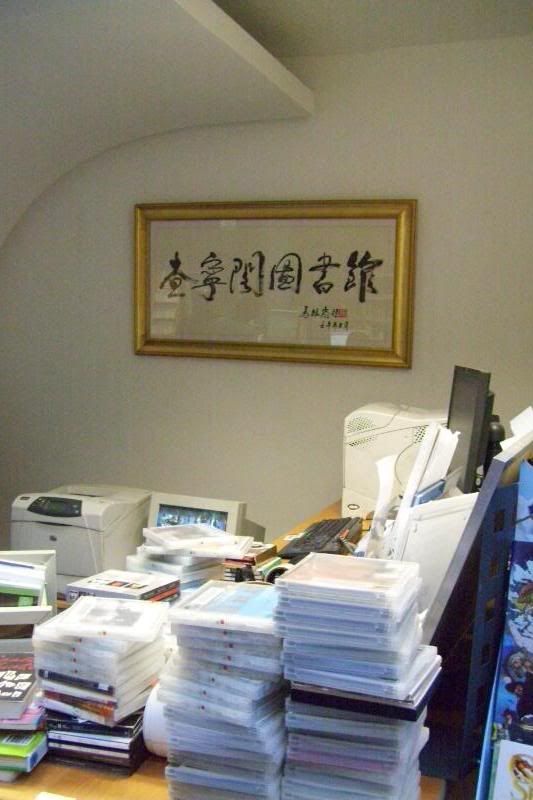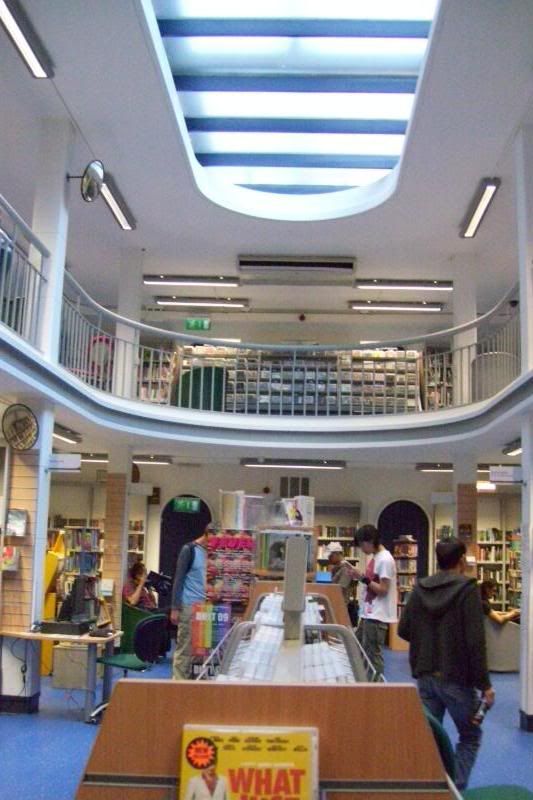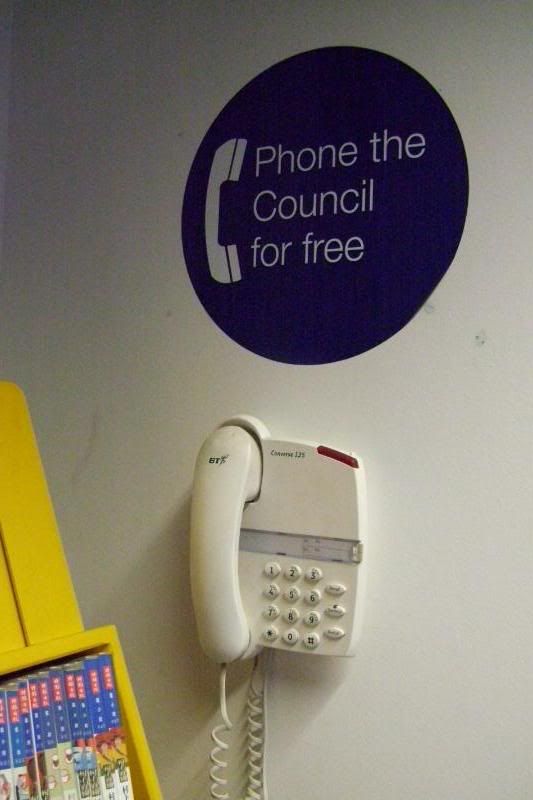“The fairy tale, which to this day is the first tutor of children because it was once the first tutor of mankind, secretly lives on in the story. The first true storyteller is, and will continue to be, the teller of fairy tales.” ~ Walter Benjamin
Personal reflections: This exhibit is a supreme example of how our desires and fears are manifested in fairy tales. To find this exhibit was a great treat because I’ve been researching magic and fantasy in British youth literature while I’m here in the UK. My research project will examine how youth relate to magic and fantasy to help them confront the mysteries of life and their own fears. The “huggable (nuclear bomb) cushions” art piece inspired me to think about how fantasy in literature is often just moral lessons in disguise, “allowing us to literally embrace our fears.”

all photos from www.vam.ac.uk
The exhibit Telling Tales: Fantasy and Fear in Contemporary Design at the V&A explores the recent trend among European designers for unique or limited edition pieces that push the boundaries between art and design. All of the art is inspired by the spirit of story-telling. A narrative quality connects all the objects. They tell us tales through their use of decorative devices, historical allusions or choice of materials. By referring to fairy tales, conventions of status display, or anxieties about mortality- our fantasies and our fears- these objects call on a pool of shared experience.
The exhibit flows through three dramatic sections. In The Forest Glade a background of printed gauze screens and dappled lighting evoke the forest of myths and fairy tales. Against all the evidence of an industrialized, globalized, high-tech world (or perhaps because of it) some contemporary designers are retreating to the pastoral setting of fairy tales, myths and nature. In so doing they return us to our most primitive state. No doubt their designs are escapist, even naïve, and can be quite deliberately childlike. Their faux-rustic objects look as though they belong in a forest glade straight from classical mythology or northern European fairy tales, or perhaps even the biblical Garden of Eden. But these designers are deadly serious about wanting to disengage us from ordinary life and reconnect us to a state of innocence and wonder.
“Fig Leaf’ wardrobe, 2008
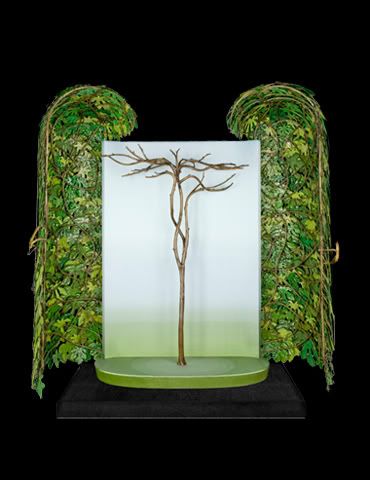
Adam and Eve were the first to wear fig leaves. Ironically, the wardrobe only becomes “dressed” when the user is not.
A distorted palatial atmosphere will be the setting for second section. We now leave the Forest Glade and enter The Enchanted Castle, furnished with marvelous and fantastical objects. Many recall design in the 18th century, a period that was frequently evoked by later writers and illustrators of fairy tales. The 18th century was also the age of the rise of the novel, a new way to tell tales. Early novels, such as Daniel Defoe’s Moll Flanders (1722), were descriptions of the material world of Georgian life, as were William Hogarth’s print series, such as Marriage a la Mode (1745). In both, style and design were a visual language that indicated social and worldly status.
Morality of fairy tales relies on oppositions of good and evil often taking a visual form.
Witch Chair, 2004
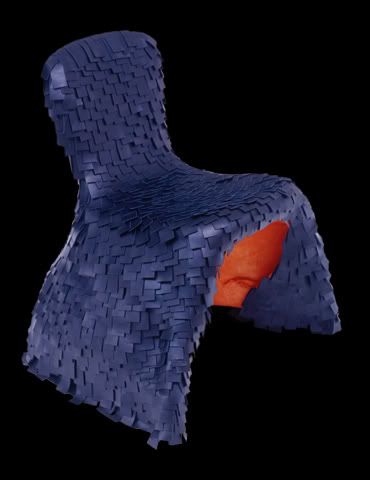
The Witch Chair is scaly, dark and sinister.
Princess Chair, 1968

The Princess Chair is like a child’s fantasy of Cinderella at the ball, effervescent, elegant, light and fanciful.
Kiki Carpet Special, 2001

Changes of scale disorient us so we see familiar sights in new ways. The texture and pattern of carpet are wildly out of scale with the room. The same disorientation of shrinking and growing was sought by Lewis Carroll in 1871.
“But, grandmother, what big eyes you have,’ she said. ‘The better to see you with, my dear.” ~Little Red Riding Hood, 1857
The final section uses spotlighting and diagonal walls to create a disconcerting Heaven and Hell. At the end of the 19th century, the advent of psychoanalysis opened up the subconscious and offered new interpretations of drams and the imagination. With this came a renewed awareness of mortality and a sense of anxiety about the mutability of life, which Freud described as the “death drive.” Inspired by this, we here present works that evoke the universal conflict of life and death, heaven and hell, judgment and salvation. Some of these designers refer to the forms of Baroque art; others conjure up memento mori – reminders of our mortality. Still others create agitated designs that explore our anxious state in troubled times.
Huggable Cushions, 2004
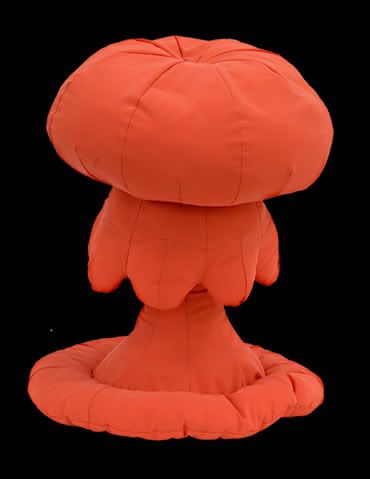
These cushions diffuse our horror of nuclear annihilation by allowing us to literally embrace our fears. We are infantilised, as the atomic subject is made into a child’s object. The soft toys, therefore, act as psychological prostheses using irony to help us confront what may at first seem impossible to face, the threat of total nuclear desolation.
All notes for this journal entry come from the exhibit program at the Telling Tales: Fantasy and Fear in Contemporary Design at the Victoria & Albert Museum. In addition to extensive notes on fantasy, the program had quotes, interviews and the text of a Grimm fairy tale, Little Red Riding Hood.






